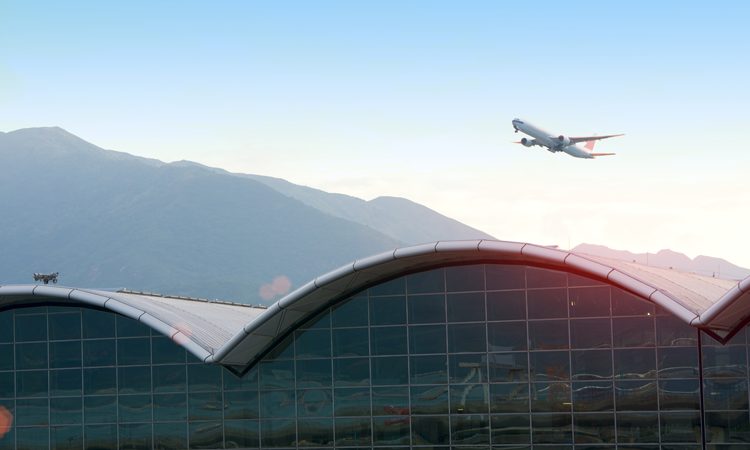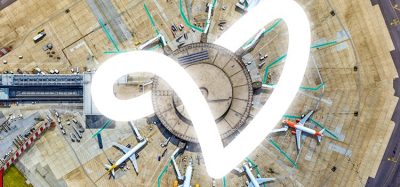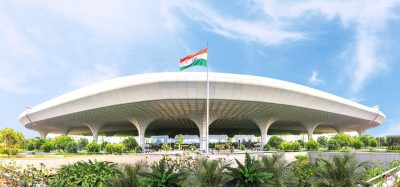AAHK releases Annual Report 2021/2022
- Like
- Digg
- Del
- Tumblr
- VKontakte
- Buffer
- Love This
- Odnoklassniki
- Meneame
- Blogger
- Amazon
- Yahoo Mail
- Gmail
- AOL
- Newsvine
- HackerNews
- Evernote
- MySpace
- Mail.ru
- Viadeo
- Line
- Comments
- Yummly
- SMS
- Viber
- Telegram
- Subscribe
- Skype
- Facebook Messenger
- Kakao
- LiveJournal
- Yammer
- Edgar
- Fintel
- Mix
- Instapaper
- Copy Link
Posted: 7 July 2022 | International Airport Review | No comments yet
The Airport Authority Hong Kong’s Annual Report for the fiscal year ending 31 March 2022, has outlined the significant impact COVID-19 continued to have on passenger and flight movement.


The Airport Authority Hong Kong (AAHK) has published the Annual Report 2021/22 for the fiscal year ended 31 March 2022. As COVID-19 continued to impact on international travel, passenger traffic and flight movements of Hong Kong International Airport (HKG) remained significantly below pre-pandemic levels, at 1.4 million and 144,505 respectively, representing year-on-year increases of 70.4 per cent and 13.1 per cent. Cargo throughput rebounded to pre-pandemic level, increasing by 7.1 per cent to 4.9 million tonnes. HKIA was again the world’s busiest cargo airport in 2021.
Despite the disruptions caused by the pandemic, AAHK continued to take forward various development projects under the Airport City blueprint. The Three-runway System project reached another major milestone as the Third Runway was on schedule for commissioning in 2022. SKYCITY, the centrepiece of Airport City, continued to make progress. The Regala Skycity Hotel opened in December 2021. Adjacent to the new hotel is 11 SKIES, Hong Kong’s largest retail, dining and entertainment complex. The three grade A office towers of 11 SKIES opened in July 2022. On the other hand, AAHK continued the planning for AsiaWorld-Expo’s (AWE) phase 2 development, which will feature Hong Kong’s largest indoor multipurpose entertainment arena and new facilities for conventions and exhibitions. During the year, AAHK became AWE’s sole shareholder after the Hong Kong government transferred all of its interest in AWE to AAHK.
In parallel, AAHK is actively preparing for passenger traffic recovery through continuous enhancement in airport facilities and services, including renovation of boarding gates and the East Hall luxury shopping zone, adding new retail and food and beverage choices, among others.
AAHK has also been actively applying technology to provide passengers with a brand-new airport experience. Flight Token has been launched this year to enable departing passengers to use their face as identification, from check-in, bag drop to security checks and aircraft boarding, without having to present their travel document and boarding pass at every checkpoint. During the year, 5G mobile service was extended to the entire Terminal 1. In the coming year, the high-speed network will cover the airfield and other outdoor areas.
TAKE A READ:
AAHK extends relief package to support airport community
HKIA conducts aircraft crash and rescue exercise on third runway
On cargo development, construction of a premium logistics centre and the expansion of DHL’s Central Asia Hub have been making good progress. Together with the Logistics Park in Dongguan developed by AAHK, these facilities will consolidate Hong Kong’s role as the international cargo gateway of the Greater Bay Area.
Meanwhile, AAHK and its major business partners have pledged to achieve net zero carbon at the airport by 2050, with a midpoint target of a 55 per cent reduction of absolute emissions by 2035, from a 2018 baseline. To achieve the target, AAHK is taking forward different measures to reduce direct emissions, including electrification of airside vehicles and ground services equipment, as well as energy-efficient installations and innovative energy management systems. These measures will help HKIA secure its leadership in sustainable development.
Related topics
5G, Air freight and cargo, Air traffic control/management (ATC/ATM), Airport development, Airside operations, Cargo, COVID-19, New technologies, Passenger experience and seamless travel, Security, Sustainability, Terminal operations


















